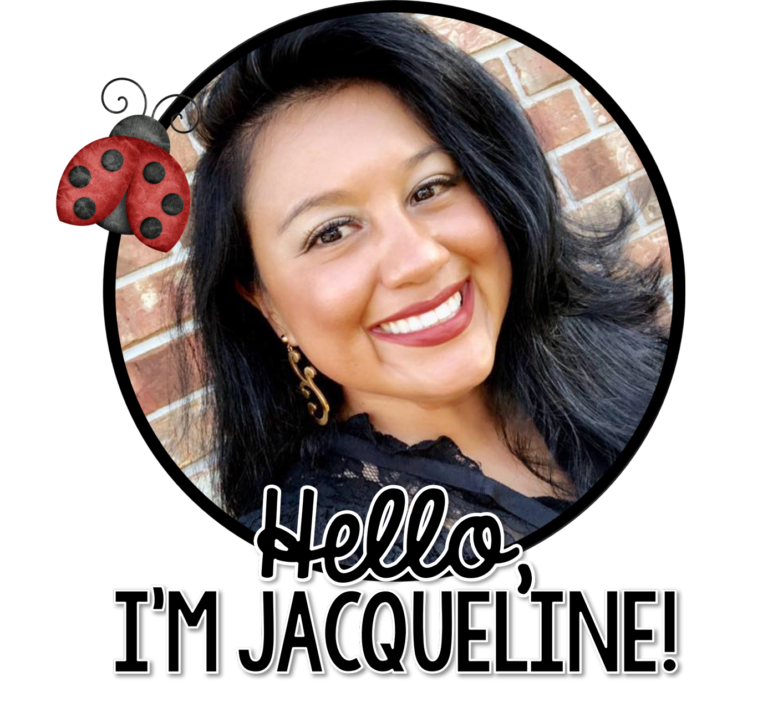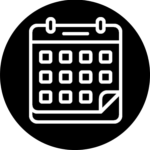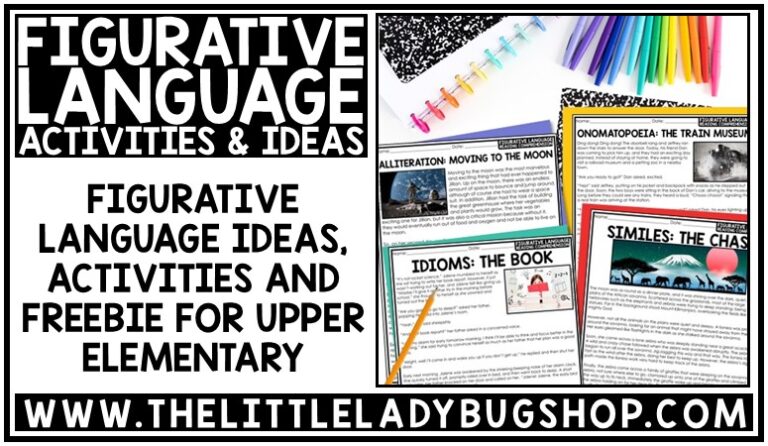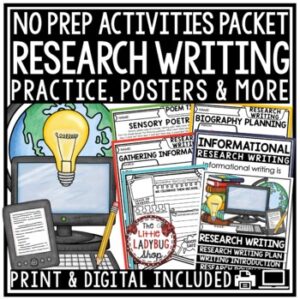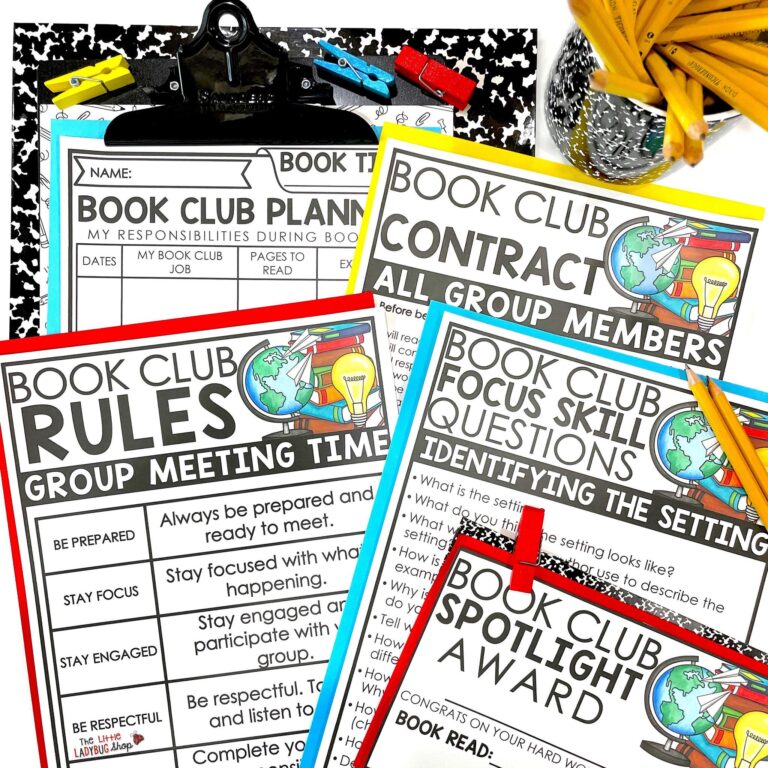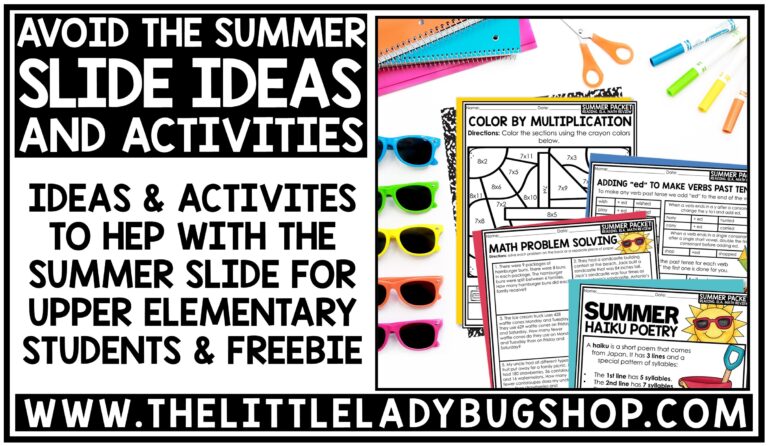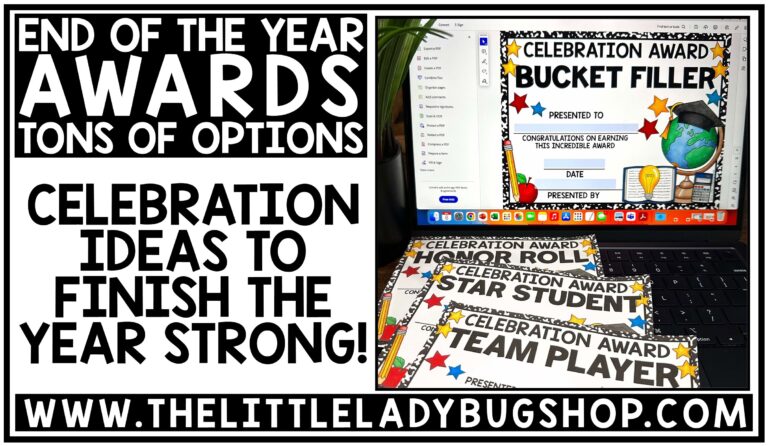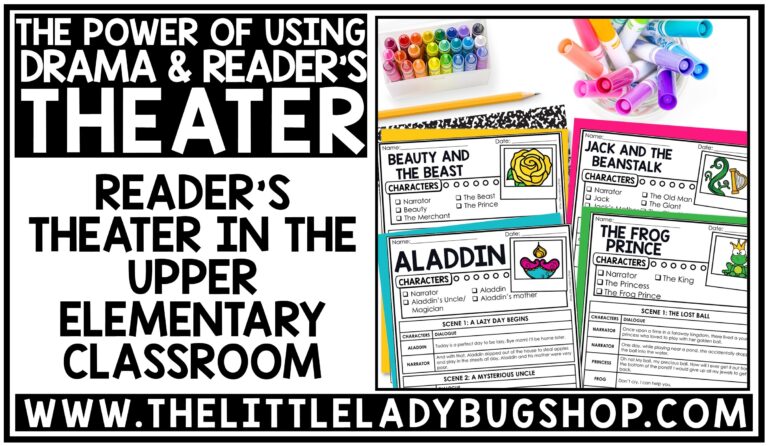
Project Based Learning Activities for Upper Elementary Students
Share it:
Endless Learning Possibilities with Design Your Own Project Based Learning Activities
Are you tired of the same old teaching methods that fail to engage young learners? Look no further than these creative and engaging Design Your Own Project Based Learning Activities for Upper Elementary. Project Based Learning is the instructional approach that revolutionizes the learning experience by actively involving students in real-world projects to acquire the necessary knowledge and skills. I will share why PBL’s benefits 3rd, 4th, and 5th-grade students and how you can incorporate it into your classroom.
As a teacher, I have seen the positive impact of PBL’s on students’ learning and enthusiasm for the subject matter. So, let’s dive in and explore the exciting world of PBL!
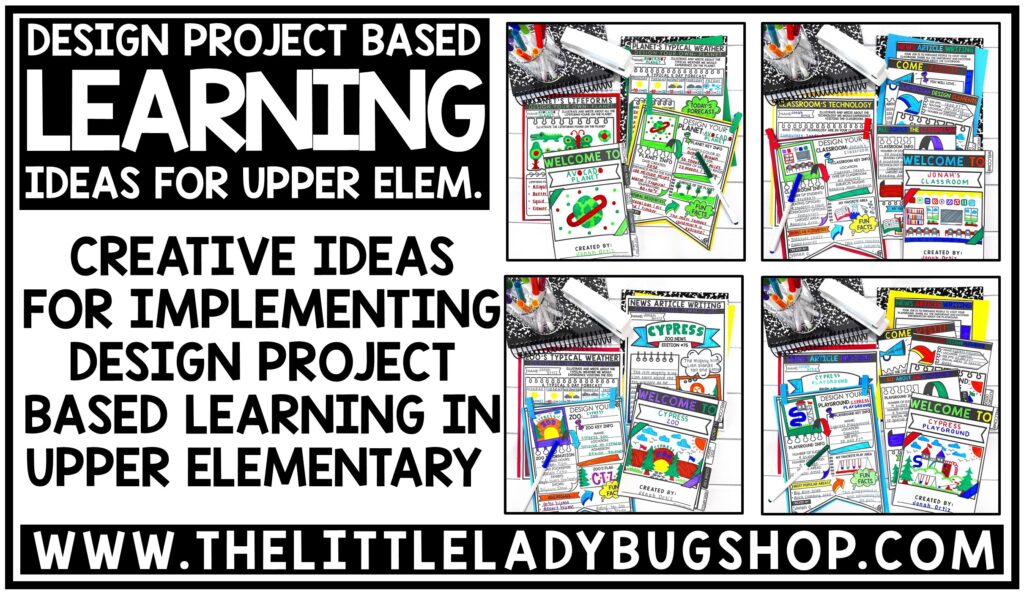
Benefits of Project Based Learning
As teachers, we are always looking for ways to engage our students and help them develop essential skills. One of the most effective methods for achieving both of these goals is through Project Based Learning. Not only does it encourage student engagement, but it also helps them develop key competencies such as critical thinking, problem-solving, and collaboration.
The benefits of Project Based Learning are numerous. By allowing students to engage in hands-on, real-world projects, they become active participants in their own learning. This empowers them to take ownership of their education and encourages them to develop a deeper understanding of the concepts being taught. Additionally, Project Based Learning fosters creativity and innovation, as students are encouraged to think outside of the box and develop unique solutions to complex problems. These skills are invaluable for success both in school and in life beyond the classroom.
How to Implement Project Based Learning
Implementing project-based learning in your classroom is easier than you may think. To start, choose a topic or subject that you want to explore in-depth with your students. Then, come up with a driving question that will guide the students through their project. This question should be open-ended and challenging enough to spark curiosity and creativity.
Next, break your class into groups or teams and assign them a specific project to complete. Give them the time and resources they need to research, plan, and execute their project. Encourage students to think critically, collaborate, and take ownership of their work. Throughout the project, it’s important to check in with each group and offer guidance and feedback. Finally, have students present their projects to the class, reflecting on what they learned, and how their project connects to the driving question.
Examples of Project Based Learning Activities
I love having my students work on project based learning activities for many reasons. I call my projects Design and Create your own____ (planet, country, game show, classroom, school). Having students do this opens up their creativity in ways you could only imagine. Each set has students go through the entire design process, they pick all the details from the name, colors, location, to the smallest details. Students also have to finish the project with persuading us to come visit, view, or use their design.
I have created 25+ Design Your Own PBL Projects. TAKE A PEEK HERE at all the different sets!
Here are a few teacher and students favorites:
- Design your own Planet PBL
- Design your own Food Truck PBL
- Design your own Country PBL
- Design your own Video Game PBL
- Design your own Zoo PBL
- Design your own Botanical Garden PBL and STEM
ALL THE DESIGN YOUR OWN PROJECT BASED LEARNING SETS HERE!
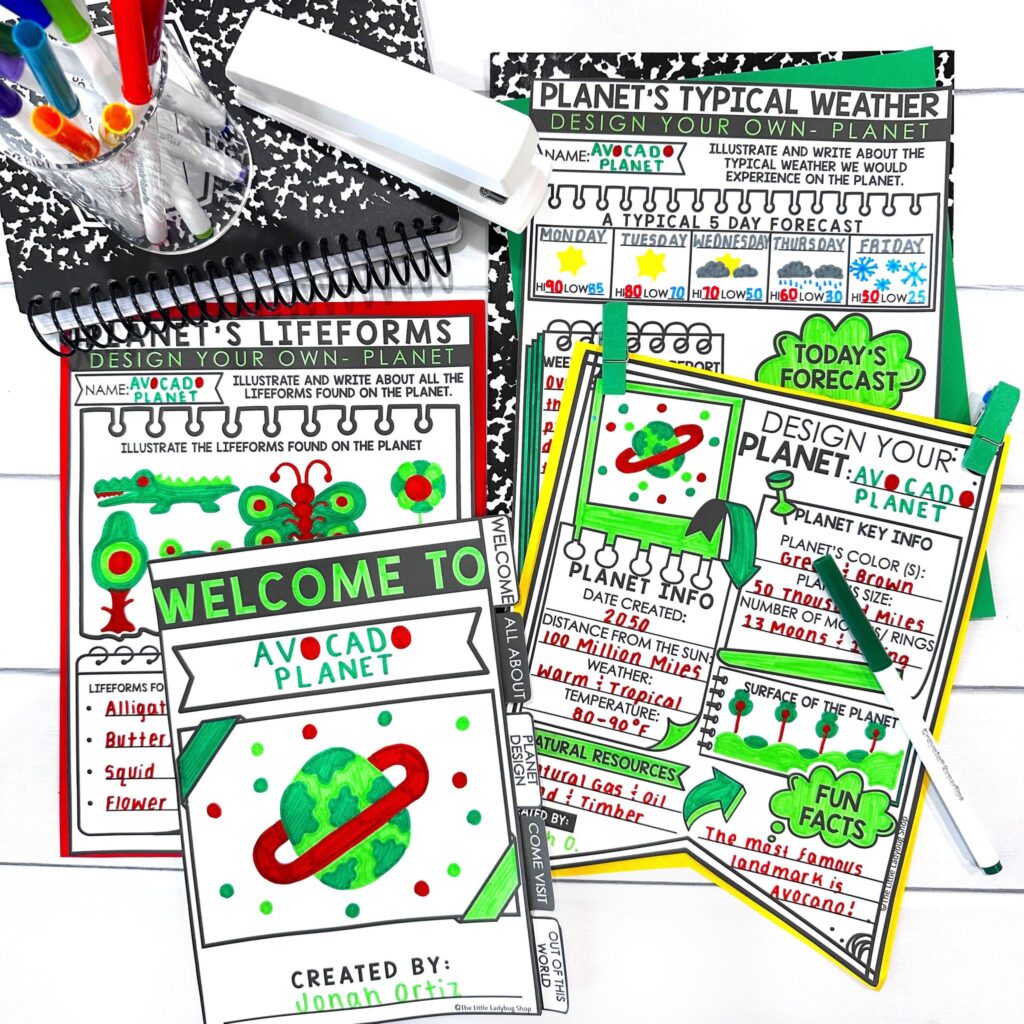
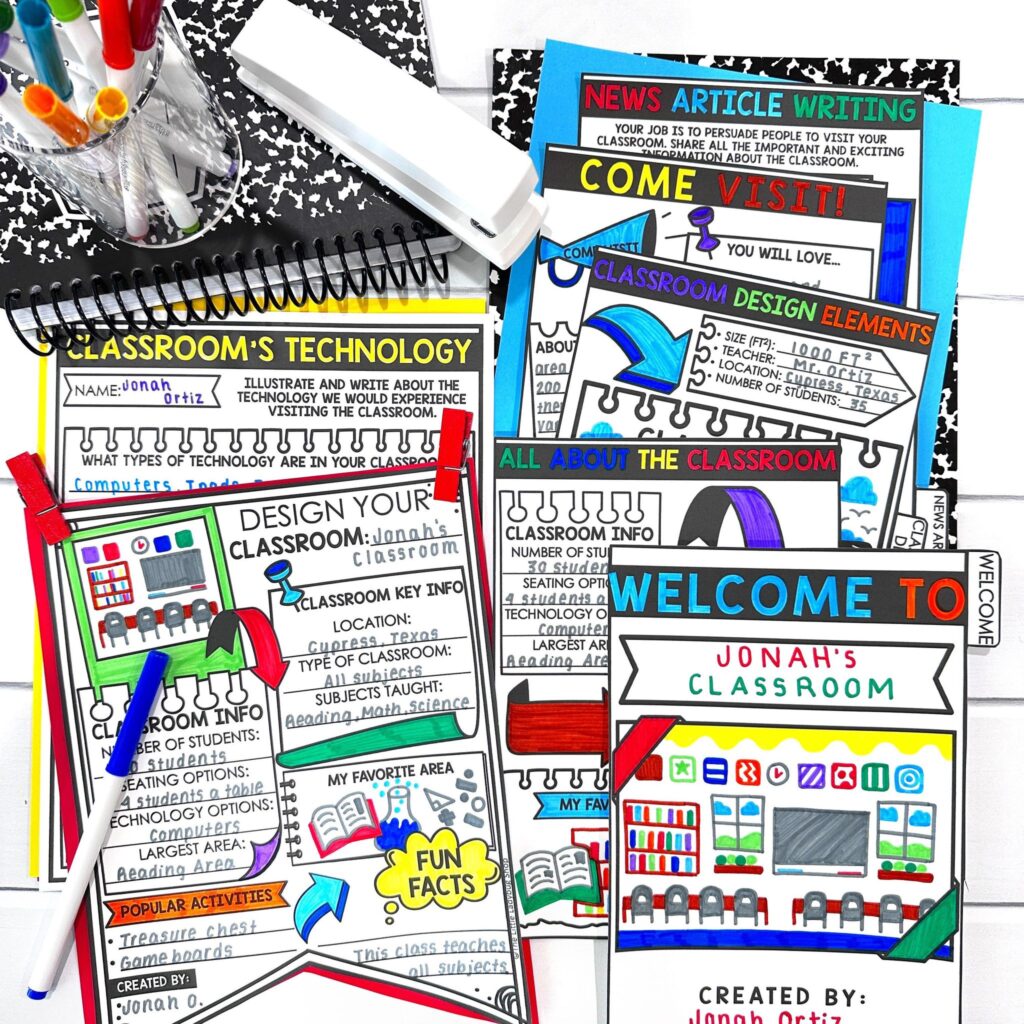
ALL THE DESIGN YOUR OWN PROJECT BASED LEARNING SETS HERE!
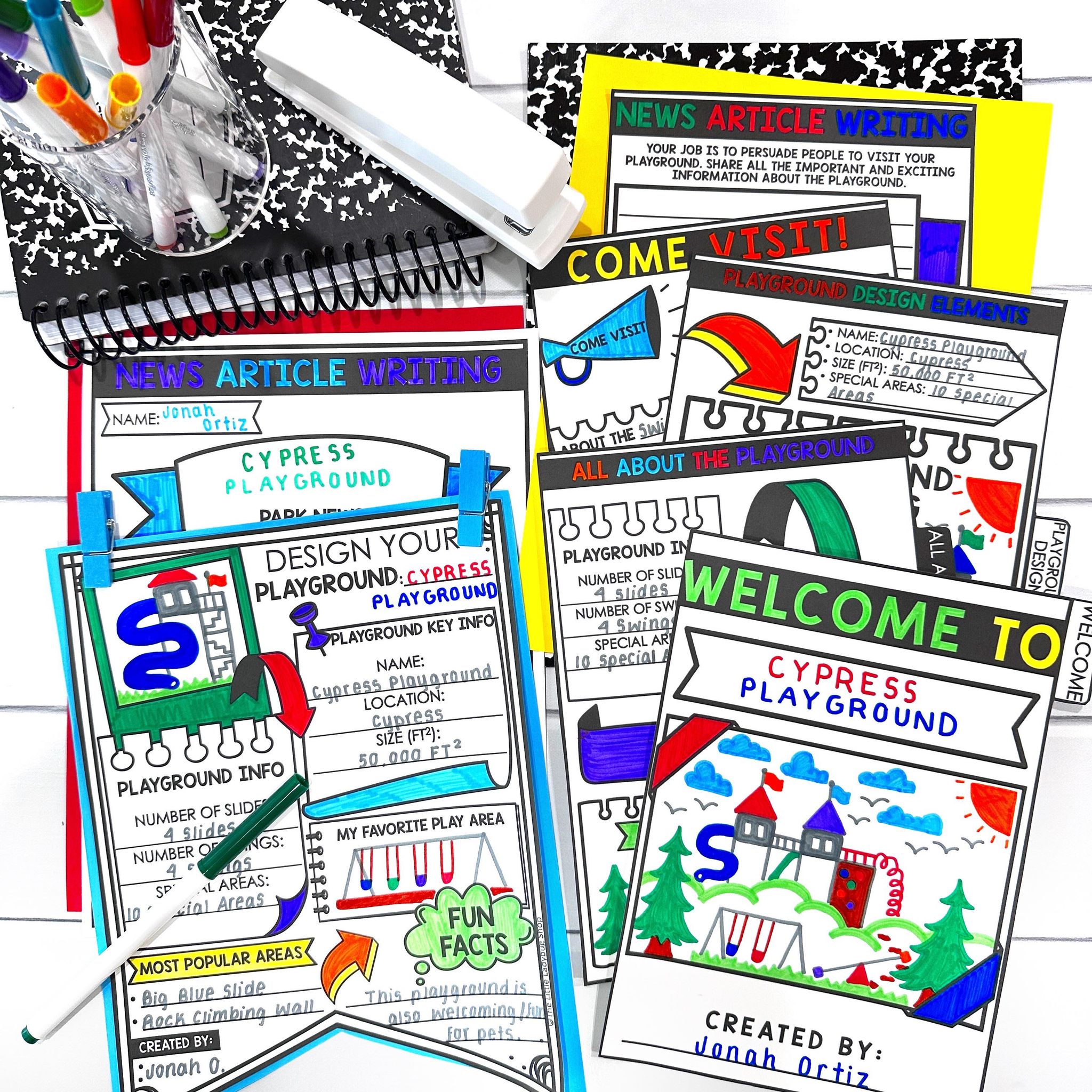
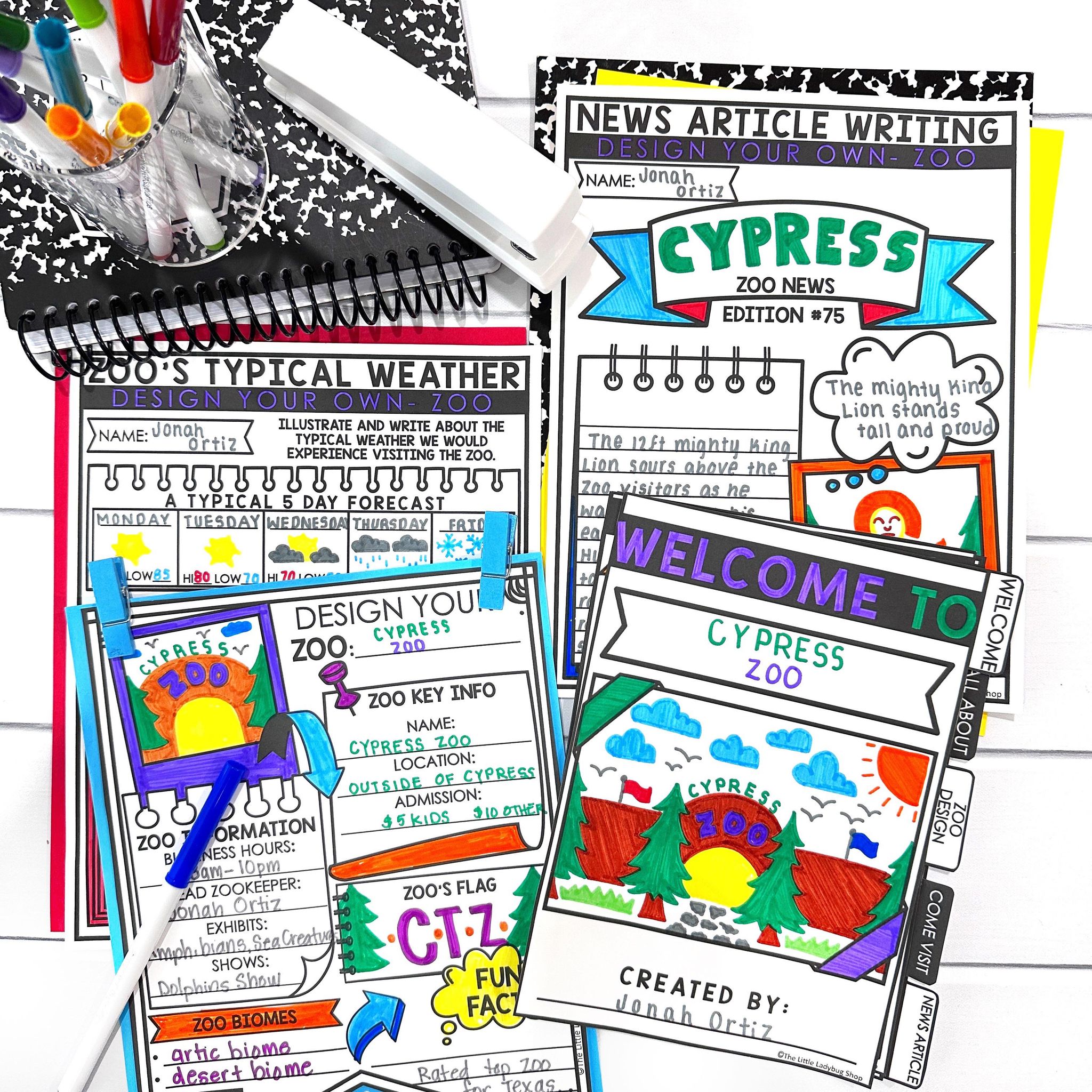
Those are just a few of the most popular project based learning activities. To check out more including designing your own board game, app, fall festival, museum, playground, lights festival, recycled treasure, national park, vlog, school, field trip, school club, school classroom, game show, and Thanksgiving dinner click here.
Tips and Best Practices for Success
When implementing project-based learning in your elementary classroom, there are some tips and best practices that can help ensure a positive experience for both you and your students.
First, it’s important to clearly state the project goals and objectives and communicate them to your students. This will help students understand the purpose and relevance of the project, and stay focused on the learning objectives. Additionally, providing students with a rubric or checklist can help them stay on track and understand the expectations for their work.
Another key factor in the success of project-based learning is providing opportunities for student collaboration and teamwork. Encouraging students to work in groups and assigning specific roles to each member can help promote cooperation and communication skills. Additionally, providing opportunities for peer feedback and evaluation can help students learn from each other and improve their work. Finally, it’s important to provide opportunities for reflection and self-evaluation, so students can assess their own learning and identify areas for improvement.
The possibilities of using PBL’s in your classroom are endless
I hope you are feeling excited about the possibilities of Project Based Learning in your elementary classroom. Remember that PBL is an engaging and effective way to help your students develop important 21st-century skills like critical thinking, collaboration, and communication. By incorporating real-world problems and challenges into your curriculum, you can create a learning environment that is both meaningful and fun for your students.
Of course, implementing PBL does require some planning and effort on your part, but the benefits are well worth it. By following the tips and best practices we’ve discussed, you can set yourself and your students up for success.
So why not give it a try? Start small, experiment with different approaches, and see what works best for you and your students. With some patience and persistence, you can create a PBL classroom that inspires and empowers your students to become lifelong learners.
MAKE SURE TO PIN AND SAVE THIS POST FOR FUTURE REFERENCE
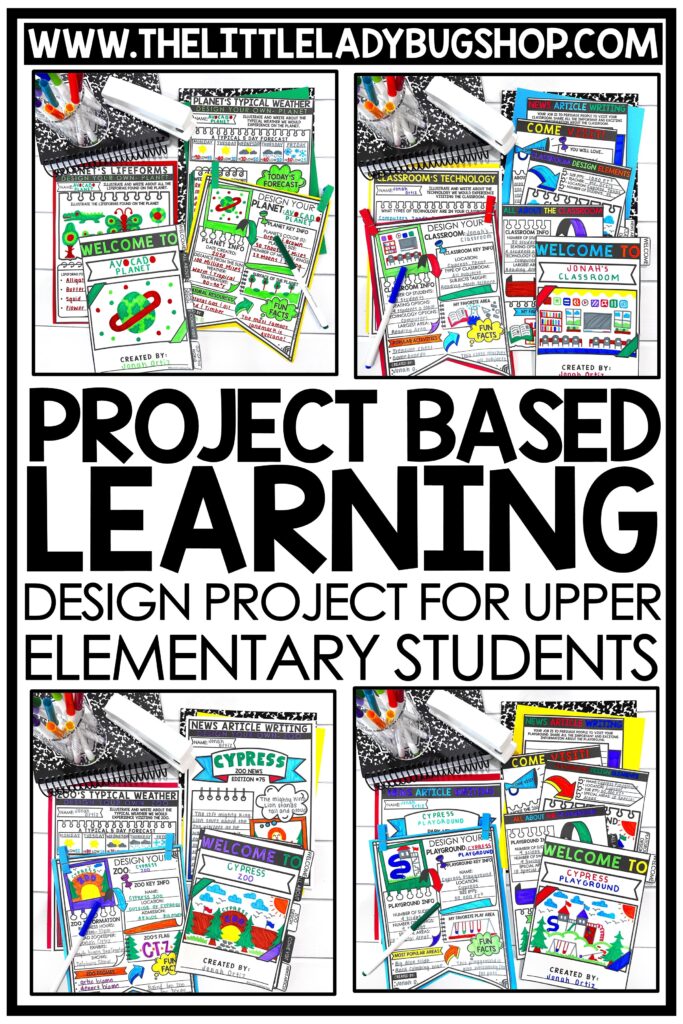
This post may contain affiliate links for your convenience. View our full disclosure policy here.
